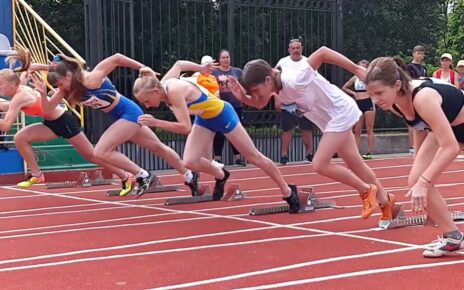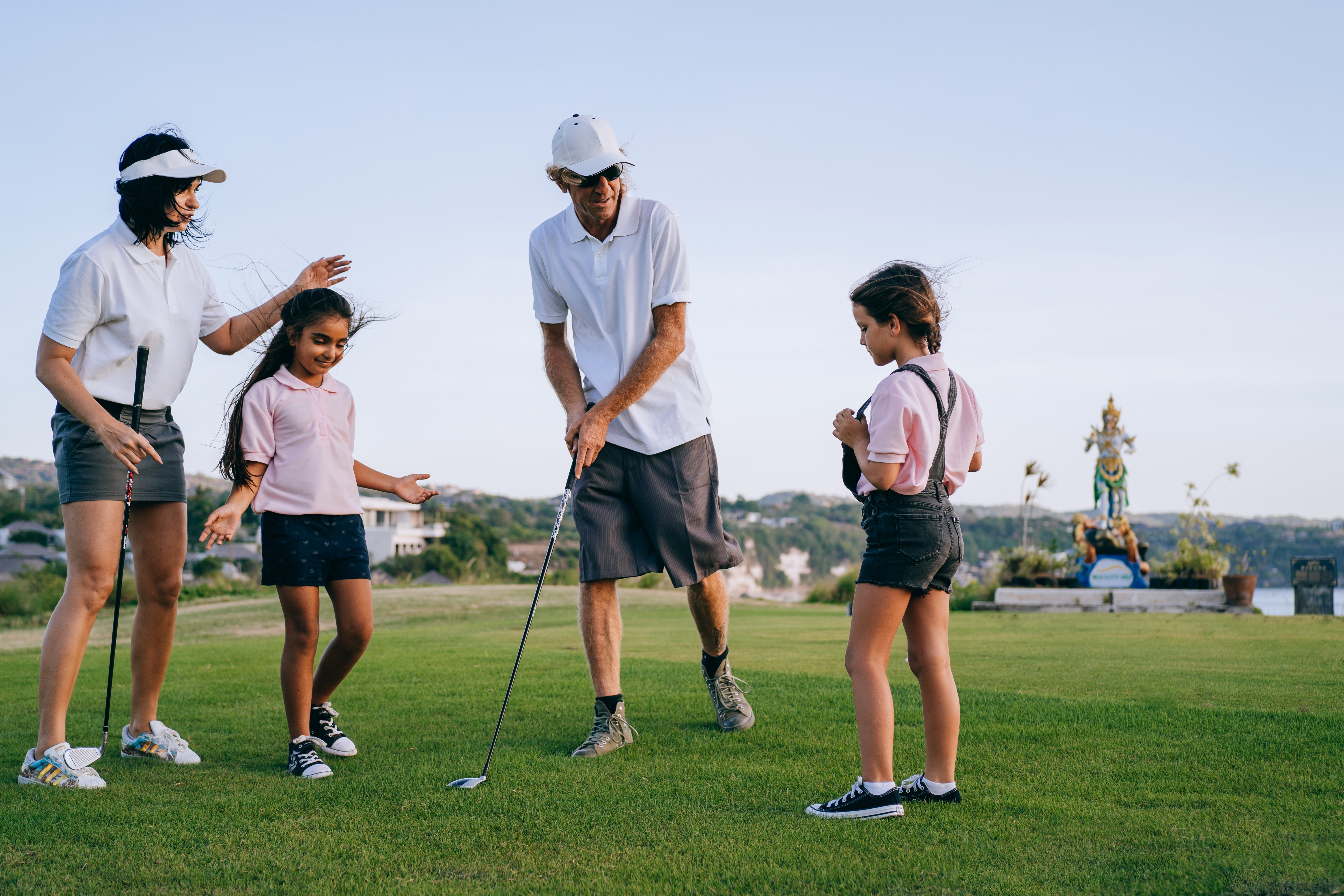Choosing the right game flooring can make a world of difference in the performance, safety, and comfort of athletes. Whether you’re a facility manager upgrading a basketball court or a sports enthusiast curious about flooring innovations, understanding the nuances of game surfaces is essential. This guide dives deep into the importance of game flooring, the types and materials available, how to choose the best option for various sports, maintenance strategies, and emerging trends in flooring technology.
Why Game Flooring Matters
Game flooring is more than just a surface. It plays a critical role in athlete safety, game performance, and the overall experience. Here’s why it matters:
- Safety: Proper shock absorption minimizes the risk of injuries like sprains and stress fractures.
- Performance: Surfaces tailored to specific sports enhance traction, ball bounce, and player agility.
- Durability: Quality game flooring withstands the wear and tear of frequent use, ensuring longevity and cost-efficiency.
- Multi-functionality: Many spaces are used for multiple sports or activities, making versatile flooring essential.
- Aesthetics: A polished, professional-looking floor can elevate the appeal of any recreational space.
Common Types of Game Flooring
Each sport has unique demands that dictate the choice of flooring. Here’s an overview of popular types of sports flooring:
1. Hardwood Flooring
-
- Best For: Basketball, volleyball, gymnasiums.
- Features: Hardwood flooring, often made of maple, is revered for its consistent ball bounce, traction, and visual appeal. It’s a favorite in professional basketball courts and gymnasiums.
- Pros:
- Long-lasting elegance.
- Superior responsiveness for fast-paced sports.
- Cons:
- Requires regular maintenance.
- Susceptible to water damage.
2. Synthetic Flooring
-
- Best For: Multi-purpose gymnasiums, indoor soccer, aerobics.
- Features: Made from materials like polyurethane or vinyl, synthetic flooring offers a durable and low-maintenance alternative to hardwood.
- Pros:
- Budget-friendly.
- Excellent shock absorption.
- Versatile for different activities.
- Cons:
- Can wear unevenly without proper maintenance.
3. Rubber Flooring
-
- Best For: Weightlifting, fitness centers, indoor track.
- Features: Rubber flooring provides unparalleled cushioning and durability. It’s the go-to choice for areas requiring high impact resistance.
- Pros:
- Absorbs heavy impacts.
- Reduces noise.
- Cons:
- Limited aesthetic appeal for certain sports.
4. Artificial Turf
-
- Best For: Indoor soccer, agility training, field sports.
- Features: Mimicking natural grass, artificial turf is ideal for sports that would traditionally take place outdoors. It offers consistent performance and eliminates maintenance issues associated with natural grass.
- Pros:
- Resilient to heavy use.
- Minimal maintenance.
- Cons:
- Limited application to non-field-based sports.
5. Modular Tiles
-
- Best For: Tennis, backyard courts, multi-use sports.
- Features: Interlocking tiles made from polypropylene or similar materials are popular for their portability and ease of installation.
- Pros:
- Weather-resistant.
- Customizable and replaceable.
- Cons:
- May lack the professional-grade feel of other surfaces.
Choosing the Right Game Flooring
Selecting the right flooring depends on several factors. Consider the following:
1. Type of Activity
Every sport has specific surface requirements:
- Basketball and volleyball prioritize hardwood for optimal ball response and player traction.
- Weightlifting and gym areas benefit from rubber’s impact-resistance.
- Tennis and agility training favor modular tiles or synthetic grass.
2. Durability and Usage Frequency
High-traffic facilities demand surfaces like synthetic flooring or interlocking tiles, which are built for longevity.
3. Budget
Budget constraints often dictate material choice. Synthetic flooring provides a cost-effective alternative to hardwood.
4. Climate
Climate and moisture can impact flooring performance. For example, hardwood may warp in humid conditions, whereas synthetic flooring remains stable.
5. Multi-functionality
For spaces hosting multiple sports or activities, multi-functional flooring like synthetic surfaces or modular tiles is ideal.
Maintenance Tips for Game Flooring
Proper upkeep extends the life of game flooring and ensures optimal performance. Here’s how to maintain different surfaces:
- Hardwood:
- Sweep and mop regularly to remove dirt that can cause scratches.
- Refinish the surface periodically to maintain its luster and durability.
- Use protective mats in high-traffic areas to minimize wear.
- Synthetic Surfaces:
- Clean spills immediately to prevent staining.
- Use non-abrasive cleaning solutions to avoid surface damage.
- Inspect regularly for signs of wear and address repairs promptly.
- Rubber Flooring:
- Mop with mild soap and water to remove dirt and residue.
- Avoid harsh chemicals that can degrade the rubber over time.
- Artificial Turf:
- Brush the turf to maintain its upright fibers.
- Remove debris like food or leaves to prevent uneven surfaces.
- Modular Tiles:
- Dismantle and clean tiles periodically to prevent debris from collecting underneath.
- Check for cracks or damage and replace tiles as needed.
Trends in Game Flooring Technology
The sports industry is continually innovating, and game flooring is no exception. Here are the latest trends to watch:
1. Eco-friendly Materials
Manufacturers are increasingly producing flooring from recycled materials, such as reclaimed rubber or sustainable hardwoods.
2. Smart Floors
Emerging technologies are incorporating sensors into game flooring to track player movement, measure performance data, and even monitor safety.
3. Portable Floors
With the growing demand for flexible sports venues, portable flooring systems that can be installed and disassembled quickly are soaring in popularity.
4. Anti-microbial Coatings
Health and hygiene take priority with surfaces that resist bacteria and mold, especially critical in shared sports facilities.
5. Enhanced Shock Absorption
Advanced materials and structures now offer better shock absorption to protect athletes’ joints and muscles during rigorous activities.
Final Thoughts
Investing in the right game flooring can elevate the safety, performance, and versatility of any space. By understanding the various materials, their benefits, and how they cater to specific sports, you’re better equipped to make the best choice for your facility. Proper maintenance saves costs in the long run and ensures players enjoy an optimal experience year-round. Meanwhile, staying informed about trends like smart systems and eco-friendly options prepares you for the future of sports flooring.
Whether you’re outfitting a professional arena or a community center, game flooring is the foundation for athletic excellence—and the literal ground upon which champions are made.




